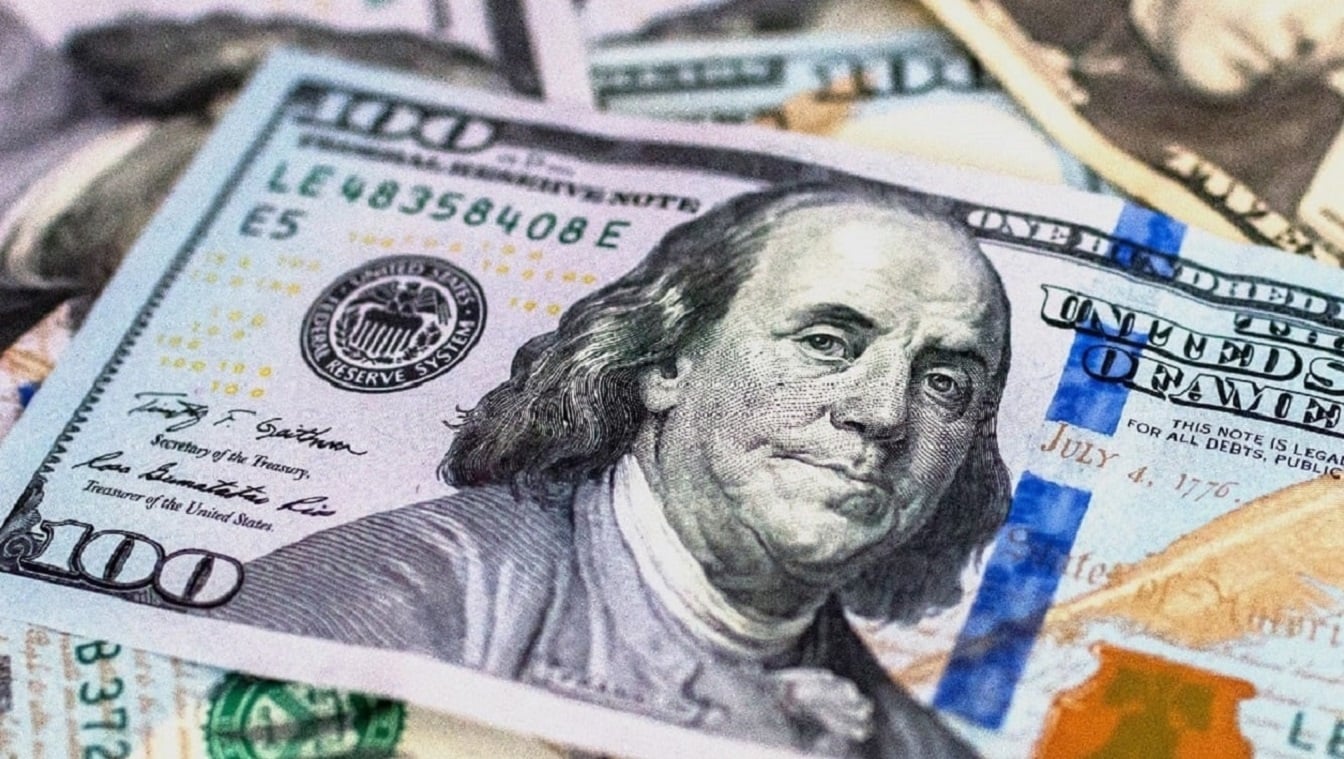When driving a car, it is advisable not simply to look in the rearview mirror but also at the road ahead. The same might be said of the Federal Reserve.
In determining its interest rate policy, the Fed would be well advised not to focus exclusively on each backward-looking economic data point but rather on what might lie ahead.
This would seem particularly true today when we are in the midst of a slow-motion commercial real estate crisis at home and when China appears to be in the process of exporting deflation abroad.
The Federal Reserve and the Inflation Data
Today’s inflation data, which showed core consumer price inflation stuck at 3.8 percent, is bound to be interpreted by the Fed as every reason to delay starting the interest rate-cutting cycle.
After all, the Fed has repeatedly said that it would only start cutting interest rates when it saw data showing that inflation was coming down sustainably to its 2 percent target.
With inflation significantly above its 2 percent target and with unemployment still at close to a postwar low, at its policy-setting meeting next week, the Fed will feel justified in keeping interest rates unchanged at their current level of 5 ¼ percent.
The Fed Needs to See the Bigger Picture
One reason to think that the Fed will be mistaken in keeping interest rates high based on backward-looking data is that this policy exacerbates the commercial real estate crisis that is now well underway.
Over the next year, property developers will need to roll over $930 billion of maturing debt. With office prices plunging because of high vacancy rates, property developers would have had a hard time rolling over these loans even at the low-interest rates at which they were initially contracted.
With the Fed insisting on maintaining its high-interest rate for a longer time, we are now bound to see a wave of commercial property loan defaults.
Underlining this point is the fact that some major property developers like Brookfield and Blackstone are already handing back the keys to their lenders and defaulting on their loans.
The key point that the Fed seems to be overlooking is that the banks in general and the regional banks, in particular, are in no position to absorb large commercial property loan losses.
This is because they already have an estimated $1 trillion in mark-to-market losses on their bond portfolios, which are caused by high-interest rates. In addition, they are now experiencing a surge in auto, housing, and credit card loan losses. It would seem to be only a matter of time before we have another vicious round of the regional bank crisis. Such a crisis could tip the economy into recession given the critical role of regional banks in providing credit to small and medium-sized businesses.
A China Economic Crisis
Another reason to think that the Fed is misguided in its backward-looking monetary policy is that China, the world’s second-largest economy, is now experiencing the bursting of its mega-sized housing and credit market bubble.
The Chinese economy is now slowing, consumer and wholesale prices are now falling, property developers are defaulting on their loans, and strains are emerging in its large shadow banking system.
China’s travails could result in exporting deflation to the rest of the world. Being the world’s largest commodity importer, China’s troubles could exert considerable downward pressure on international oil and food prices.
At the same time, China’s efforts to export its way out of its problem of excess domestic capacity could result in a considerable reduction in its export prices and an increase in its competition with the rest of the world’s manufacturers.
In 2008, the Bernanke Federal Reserve got us into economic trouble by not anticipating the Lehman bankruptcy. That makes it all the more inexcusable that the Powell Fed seems to be repeating the same mistake by not anticipating the deflationary solid forces that are in plain sight.
About the Author: Dr. Desmond Lachman
American Enterprise Institute senior fellow Dr. Desmond Lachman was a deputy director in the International Monetary Fund’s Policy Development and Review Department and the chief emerging-market economic strategist at Salomon Smith Barney.

